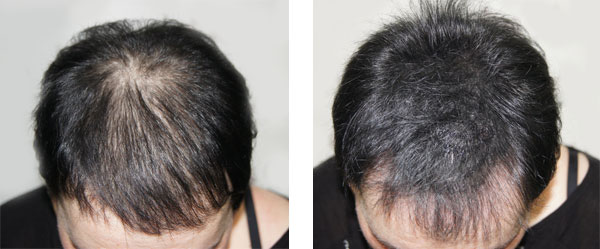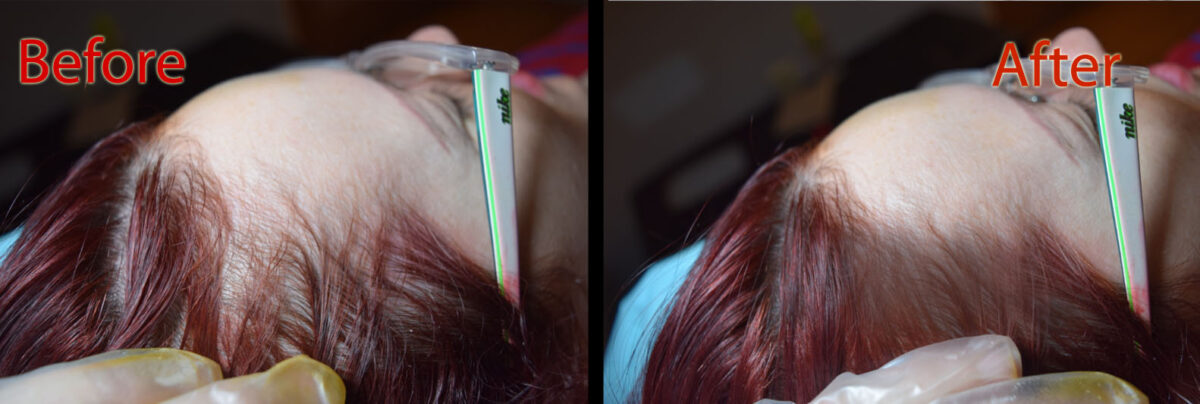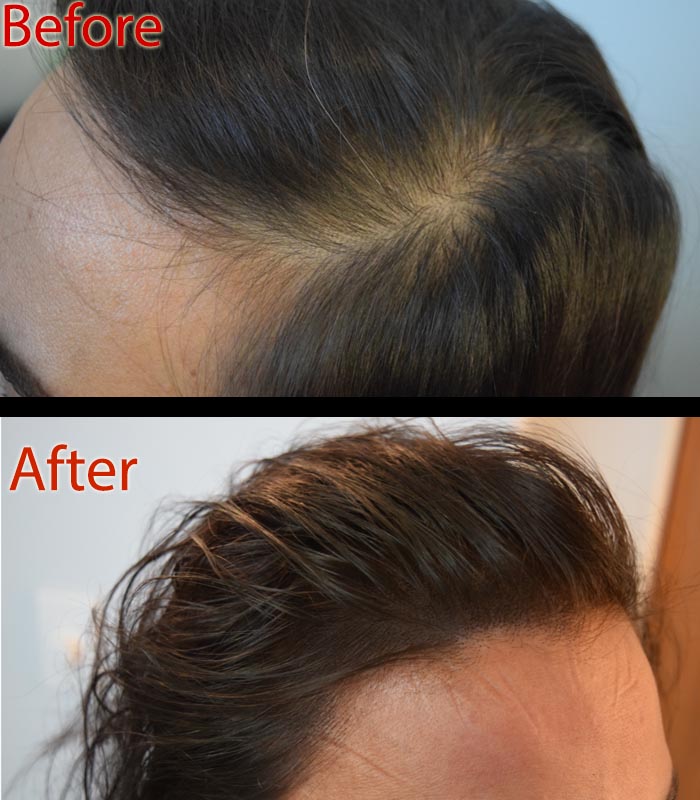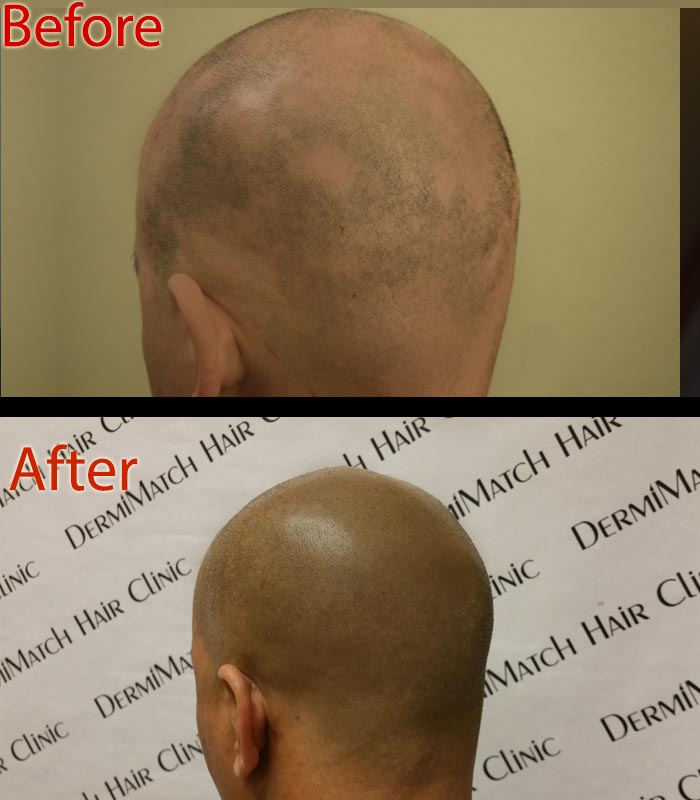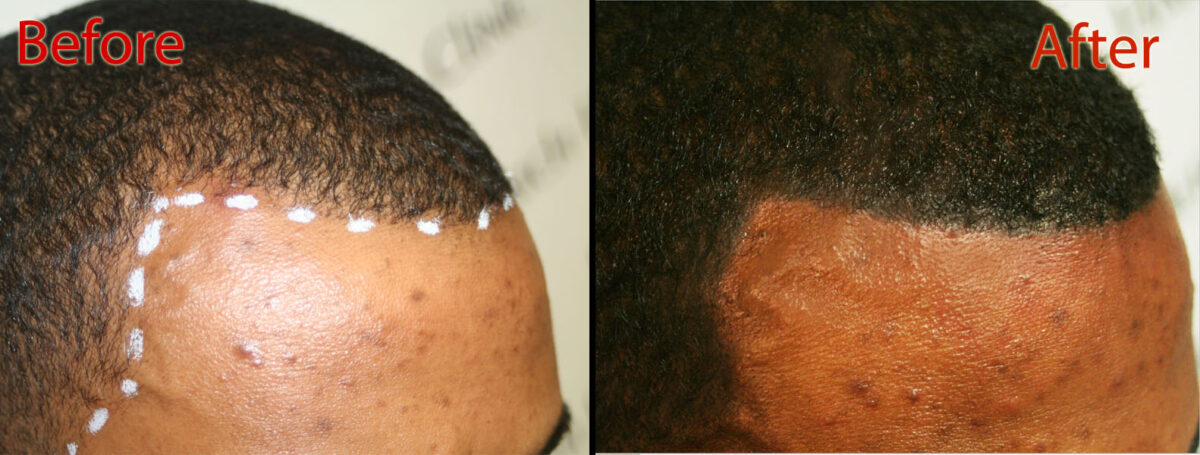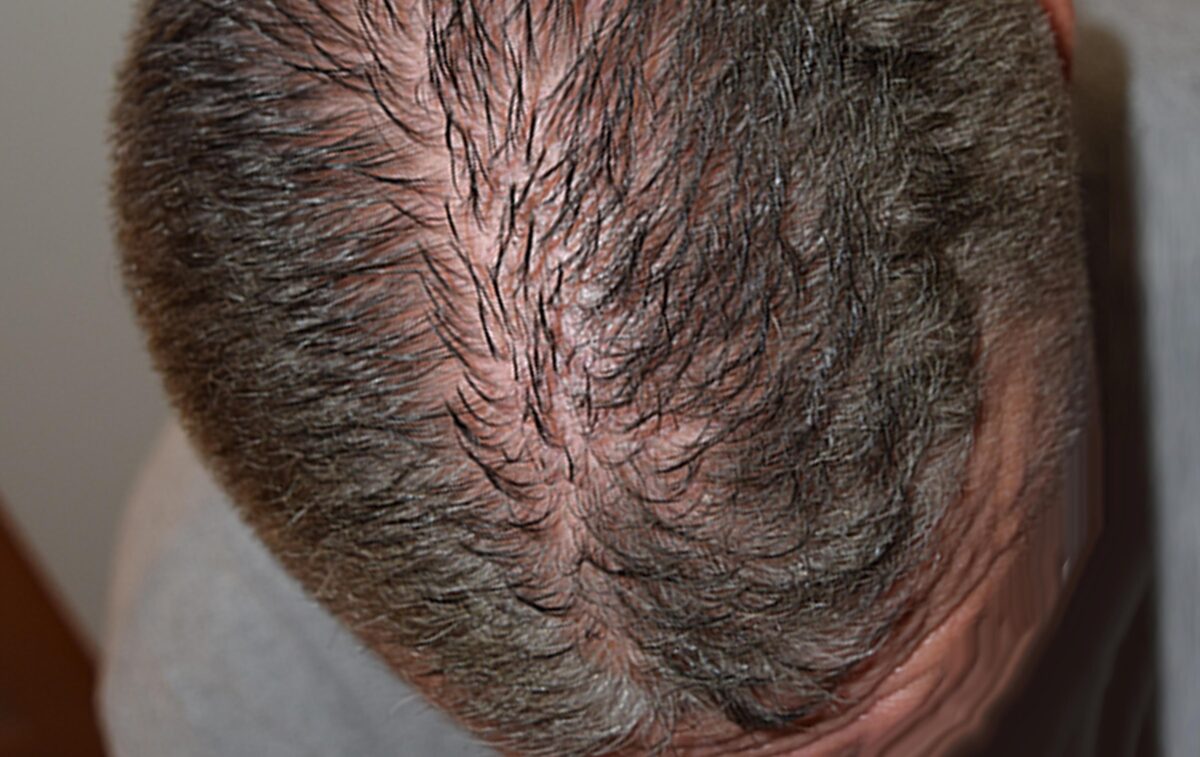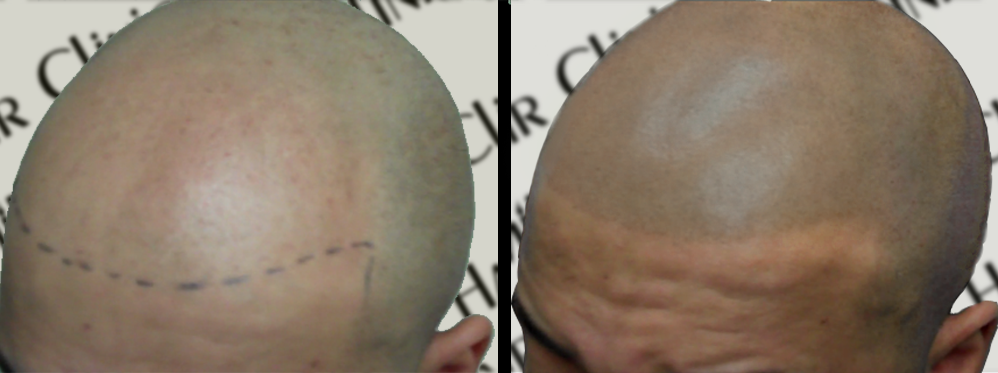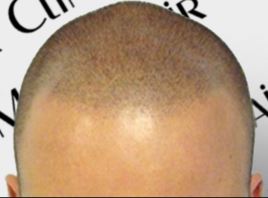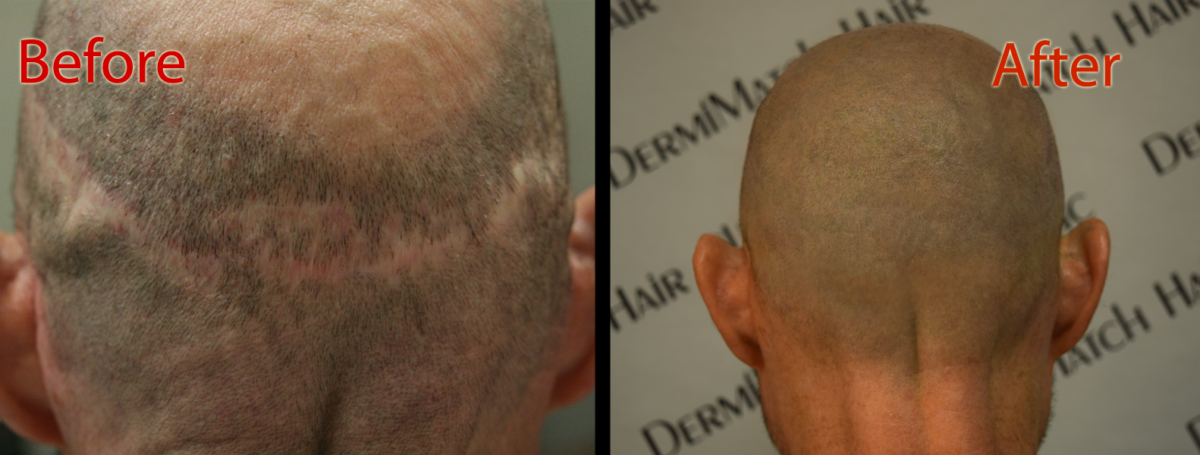Hair loss affects you physically and emotionally. It won’t be wrong to say that there is a connection between hair loss and mental health problems. The first sight of a receding hairline often triggers deep emotional pain. The mirror becomes an enemy when you spot that receding hairline. Self-confidence drops. But you are not alone. Yes, hair loss can affect your overall well-being.
Exploring Connection Between Hair Loss and Mental Health
Hair represents youth in most cultures. When it starts disappearing, you may feel as if you’re losing a part of your identity. This isn’t shallow or vain thinking. Hair connects to how we see ourselves and how we believe others see us. Sudden or early hair loss can make someone feel older, less attractive, and out of control. Do you experience similar thoughts?
Research shows that people experiencing hair loss often develop body image issues similar to those facing other physical changes. They start avoiding mirrors, wearing hats constantly, or changing their social habits. Some even stop going to parties, dating, or participating in meetings or get-togethers where they feel exposed.
The Anxiety and Depression Cycle
Hair loss creates a dangerous cycle of negative thoughts. People begin checking their scalp obsessively, counting hairs on their pillow, and comparing themselves to others constantly. This behavior feeds anxiety and can develop into depression over time. The more you worry about your falling hair, the more stressed you are likely to become.
Stress makes hair loss worse, creating an endless loop of worry and shedding. It creates a vicious cycle of hair shedding accompanied by stress and vice versa.
Women often experience this cycle more intensely because society emphasizes female hair as a symbol of femininity. Men face pressure too, especially when hair loss starts in their twenties or thirties.
Social Media Makes Everything Worse
It’s a world of perfect Instagram photos and filtered selfies that only make hair loss feel even more devastating. When you see flawless hair everywhere online, you feel like you are the only one struggling with hair loss woes. This creates shame and isolation.
The constant comparison with others online feeds negative self-talk. People start believing they look older, less successful, or less attractive than their peers. These thoughts can spiral into serious mental health problems if left unchecked.
How Hair Loss and Mental Health Are Linked?
Some people become so focused on hair loss that it takes over their daily routine. They spend hours researching treatments, trying expensive shampoos, and visiting doctors. Others avoid activities they once loved, like swimming or going to the gym, because of loss of self-confidence due to hair loss.
What’s the Solution?
The good news is that effective solutions exist for both the physical and emotional sides of hair loss. When people find a treatment that actually works, their mental health often improves dramatically. Confidence returns. Social anxiety decreases. They start enjoying life again instead of hiding from it.
Traditional treatments like medications and supplements work for some people, but others may see little improvement. Hair transplant surgery helps some, but it doesn’t come cheap. It may require multiple procedures. These options may not work for everyone.
How Scalp Micropigmentation Can Help?
Scalp micropigmentation offers a different approach that delivers immediate, visible results. Instead of trying to regrow hair that’s already gone, SMP creates the appearance of a full head of hair using specialized pigments. The result looks like natural hair follicles or a perfectly groomed buzz cut.
For people whose mental health has suffered because of hair loss, SMP provides instant relief. It helps restore your confidence by camouflaging the site of hair loss.
Social confidence returns as you feel younger than before!
However, picking the right SMP practitioner in Arizona makes all the difference. Many tattoo artists now claim they can perform scalp micropigmentation, but this is dangerous territory. SMP requires completely different skills, training, and equipment than regular tattooing. The wrong artist can create unnatural results, choose incorrect colors, or cause permanent scarring.
Always choose a certified Arizona SMP specialist who focuses exclusively on scalp work. When your mental health and appearance are at stake, don’t trust any SMP artist. Look for experts. You can easily find them at DermiMatch Clinic.

